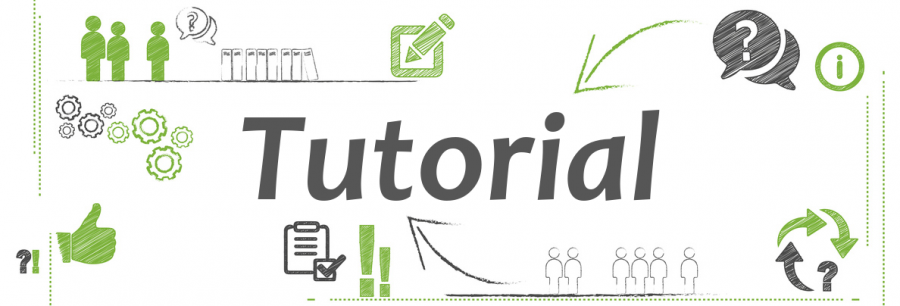The block tags allows you to determine the visibility of a table or a block of paragraphs in your Word document based on a field list or choice.
For example, you have a field list with the following items (Code:Elément):
NB: it is essential to define a Code to be able to use this item tags.
You want your block of paragraphs or table in your Word document to appear only if you selected “Airplane” in your list. You must build your block tag in the following manner:
##_block:list-A##
Make part of the Word document appear if “Airplane” is selected.
##_block:list-A##
If you have selected “Train” or “Car” in your field list, your table or block of paragraphs will not appear in your Word document.
For example, you have another list called “Type of Service” with the following choices:
- 132: New installation (new client),
- 202: New installation,
- 334: Repair (new customer),
- 404: Repair,
- 536: Replacement (new customer),
- 606: Replacement.
You want your table to appear, listing the different repairs you offer, only if Repair (new customer) (code 334) and / or Repair (code 404) are selected. In this case it will be necessary to use the operator -in::
##_block:type_service-in:334,404##
The table with the different repairs.
##_block:type_service-in:334,404##
(the tag of our list being: ##type_service##)
You want your booklet to appear with the different prices of your devices unless Repair (code 334)(new customer) and / or Repair (code 404) are selected. In this case, it will be necessary to use the operator -nin::
##_block:type_service-nin:334,404##
Text, table or image to appear.
##_block:type_service-nin:334,404##
(the tag of our list being: ##type_service##)
You want your paragraph to appear inviting your new customers to subscribe to the loyalty card only if new customer is selected. In this case, it will be necessary to use the operator -like::
##_block:type_service-like:3##
Text, table or image to appear.
##_block:type_service-like:3##
(the tag of our list being: ##type_service##. 3 is our internal code to signal the presence of a new customer in our files)
You want to remind your customers of the advantages of subscribing to the loyalty card. For this, you want this information to appear only if new client is not selected. In this case, it will be necessary to use the operator -nlike::
##_block:type_service-nlike:3##
Text, table or image to appear.
##_block:type_service-nlike:3##
(the tag of our list being: ##type_service##. 3 is our internal code to signal the presence of a new customer in our files)




Post a comment